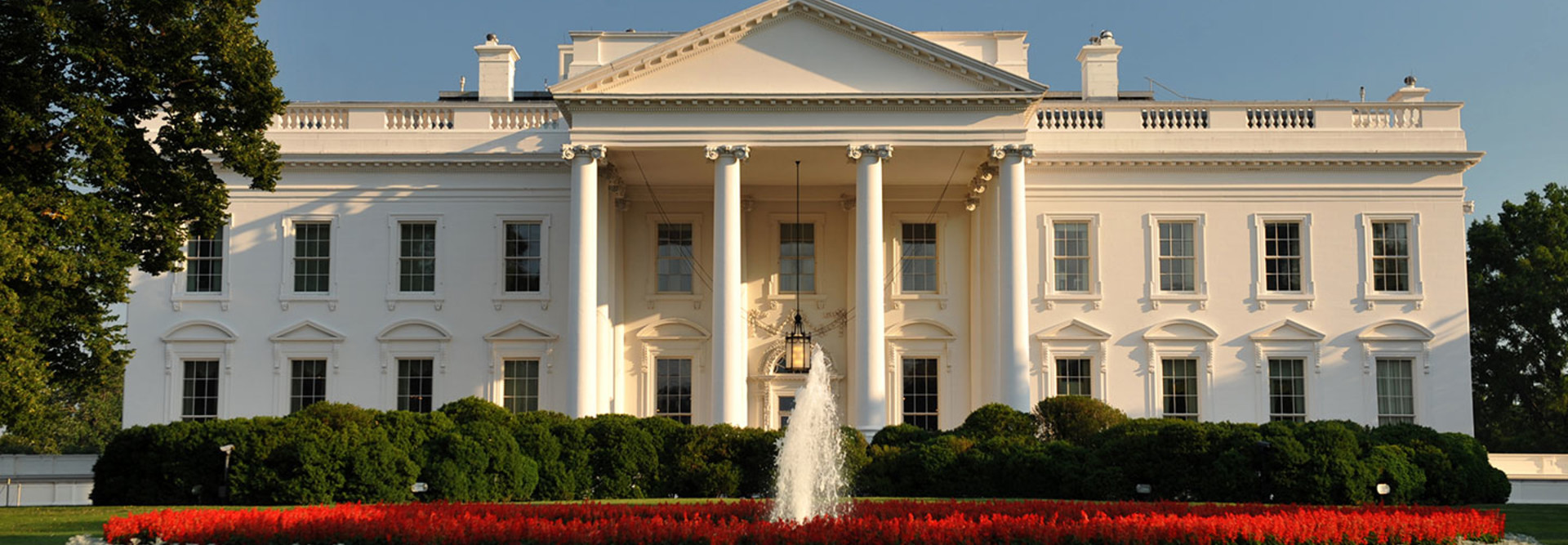Presidential Transition Helps Lay the Foundation for New Era of Tech Policy
The 2016 presidential election is 33 days away, but the presidential transition process has been underway for months.
The General Services Administration and nongovernmental organizations are assisting the presidential campaigns on technology policy and operations, so that on Nov. 9 the winning campaign’s transition team can hit the ground running, according to officials from federal agencies and technology nonprofit organizations that work with the government.
Speaking at an AFFIRM event last week in Washington, D.C., the officials said that their jobs are to provide both advice and practical IT assistance after the election and before Inauguration Day on Jan. 20, 2017.
Preparing the IT Groundwork
In March, President Barack Obama signed into law the Presidential Transitions Improvements Act of 2015, which codified much of the 2008–09 transition between the administrations of presidents George W. Bush and Obama. As part of the legislation, in May Obama created both a White House Transition Coordinating Council and Agency Transition Directors Council.
The White House Transition Coordinating Council provides guidance to executive departments and agencies regarding preparations for the presidential transition, including succession planning and preparation of briefing materials.
The Agency Transition Directors Council is designed to ensure the federal government has an integrated strategy for addressing interagency challenges and responsibilities around presidential transitions and turnover of noncareer appointees.
Tim Horne, executive director of the presidential transition team at GSA, said that beyond setting up the core infrastructure to support the transition, the legislation enables a lot more. He said GSA is fielding questions about providing services and advice about agency core operational IT, but said that the legislation has given the campaigns a venue to communicate with the government and White House. The GSA provides the answers to any questions to all of the campaigns, regardless of which campaign asked the question.
Trey Hodgkins, senior vice president for the public sector at IT Alliance for Public Sector, said at the event that Obama administration officials “are working furiously in the next few months to complete or get regulations in place or guidance in place to try and sustain programs they’ve initiated.”
Those activities include the administration’s push for IT modernization, a topic Congress is also working on. The House last month passed the Modernizing Government Technology Act of 2016, which authorizes working capital funds at agencies to fund IT upgrades as well as a governmentwide revolving fund to be managed by the GSA.
Hodgkins said that the government has started to “scratch at that this cycle” and added that he thinks “the next administration that will move forward pretty aggressively” on IT modernization. “We’re trying to tee up that continued evolution and revolution around technology in the federal government,” he said.
What Happens After the Election?
William Riesenberg, acting director of strategic planning at the Government Accountability Office, said that after the election the GAO plans to launch a mobile application that will have the priority recommendations the agency has made to other federal agencies.
The GAO, as the investigative arm of Congress, produces about 1,000 reports every year, and 85 percent of them have recommendations, Riesenberg said. Many relate to IT projects and policies at agencies.
“If we weren’t careful we could bury the new administration in recommendations. We wouldn’t do that,” he said. “We want to focus on the priorities. So that’s what we’re doing. We have identified the most important recommendations which increase savings, increase efficiencies and effectiveness of operations.:
Horne noted that the challenge with a transition is that the day before Inauguration Day, the new administration does not exist. Then, suddenly, it does.
The GSA is fielding a lot of operational questions and directing policy questions to the appropriate agencies, he said.
“One of the things that the transition teams for the eligible candidates will tell you is that their job is to be behind the scenes. I kind of feel like I’m the same way,” Horne said. “We are doing operations, managing the IT, down to, ‘What are the logistics to make sure we can get people into the building the day after the election so that they can get to work? What are we doing to secure the network?’”
“We deal with the administrative stuff,” Horne added. “They can deal with figuring how to run the country. That’s GSA’s mission all across the board.”
Hodgkins said IT Alliance for Public Sector — the public sector division of the Information Technology Industry Council, a trade association that represents companies from the information and communications technology industry — is focused on the policies of the new administration.
The Obama administration has focused on digital technology and digital government more than any other administration, he said, and there has never been more innovation in the economy than right now.
“Think about when President Obama came into office: They struggled with trying to figure out how to use how a BlackBerry,” Hodgkins said. “Those questions have been resolved, and we’re far beyond that. We’re talking about the Internet of Things and a whole host of transitional capabilities the government needs to figure out how to embrace, because the economy has already embraced them, many of them some time ago.”
Hodgkins said his group has been educating the campaigns and their transition teams on innovative technologies, as well as technologies that have been around for a while. “One of the challenges we find is that they don’t really understand capabilities that the companies in the room and that the government works with can actually deliver,” he said, adding that sometimes the IoT and encryption need to be explained. “What we try to do is lay the groundwork, regardless of who wins, so that they have a roadmap for issues we hope to address.”
Tina Sung, vice president of government transformation at Partnership for Public Service, which provides assistance to agencies to improve their management and operations, said her group wants to shift the technology discussion to talk about “technology as enabler of your policy agenda and show how technology is just totally integral to what they do.”
She noted that the Census, which will take place next in 2020, is required by Constitution and relies on technology, as does air traffic control. The conversation needs to “lead with the policy or the program mission” and then show how technology can support that.









